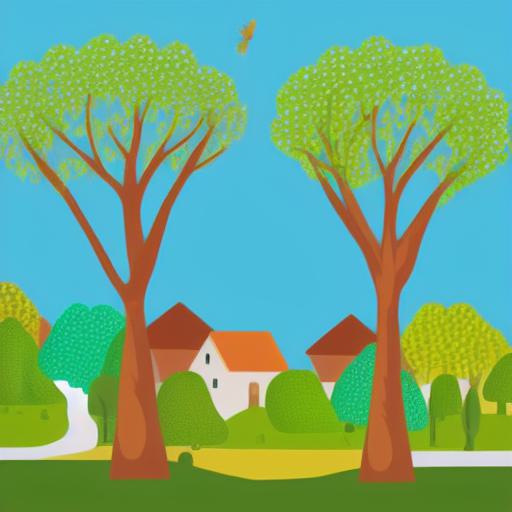About flat illustration
Flat illustration is a style of visual art that has become increasingly popular in recent years, particularly in the world of graphic design and advertising. It is characterized by its simplistic and two-dimensional appearance, with the absence of shading and gradients commonly found in more traditional forms of illustration.
This style is often used in branding, user interface design, and infographics as it is a great way to communicate complex ideas and information in a clear and concise manner. The use of bright and bold colors and simple shapes creates a striking visual impact, making it easily recognizable and memorable.
Benefits of flat illustration
One of the benefits of flat illustration is its versatility. It can be used to create a wide range of visual content, from icons and logos to complex scenes and characters. Furthermore, it is relatively easy and quick to produce, making it a cost-effective solution for businesses and designers looking to create visually appealing designs on a tight budget or deadline.
Flat illustration has also been embraced in the world of animation, with many animated shows and films utilizing this style to create unique and visually stunning works. Its simplistic appearance allows for fluid and dynamic movements, making it an ideal choice for animation. Flat illustration has become a popular style of visual art due to its simplicity, versatility, and striking visual impact.
How to use the AI-generated art?
AI-generated art can benefit designers in many ways, such as improving efficiency, offering more customization options, increasing diversity and accessibility, and encouraging innovation. This technology enables designers to create high-quality visuals quickly, try out different aesthetics, and explore unconventional art styles. Additionally, incorporating AI-generated art into designs has become more accessible with the help of user-friendly tools like Visual Paradigm Online.
How to create this AI prompt?
This AI image prompt is a great example of how to write a detailed prompt that can influence the image generated by an AI model. The prompt includes several individual parts that contribute to the overall style and composition of the image.
The first part of the prompt describes the subject matter of the image, which is a village with trees in the background. This sets the tone for the rest of the prompt and gives the AI model a clear idea of what it needs to create.
The second part of the prompt provides information about the type of art that the image should be based on. In this case, it is vector art created by Jessie Algie, who is a contest winner on Shutterstock. This information is important because it tells the AI model the specific style and techniques that it should use to create the image.
The third part of the prompt mentions that the art should be in a naive style, which typically features simple shapes, bold colors, and an overall childlike quality. This sets a specific tone and aesthetic for the image.
Finally, the prompt notes that the image should be a flat illustration. This means that it should be created without shading or other techniques that add depth or texture to the image. Instead, the image should consist of flat, two-dimensional shapes that are arranged to create a visually interesting composition.
All of these individual parts work together to create a detailed prompt that can influence the image generated by an AI model. By providing clear instructions about the subject matter, style, and composition of the image, the prompt can help ensure that the final product meets the desired specifications.


